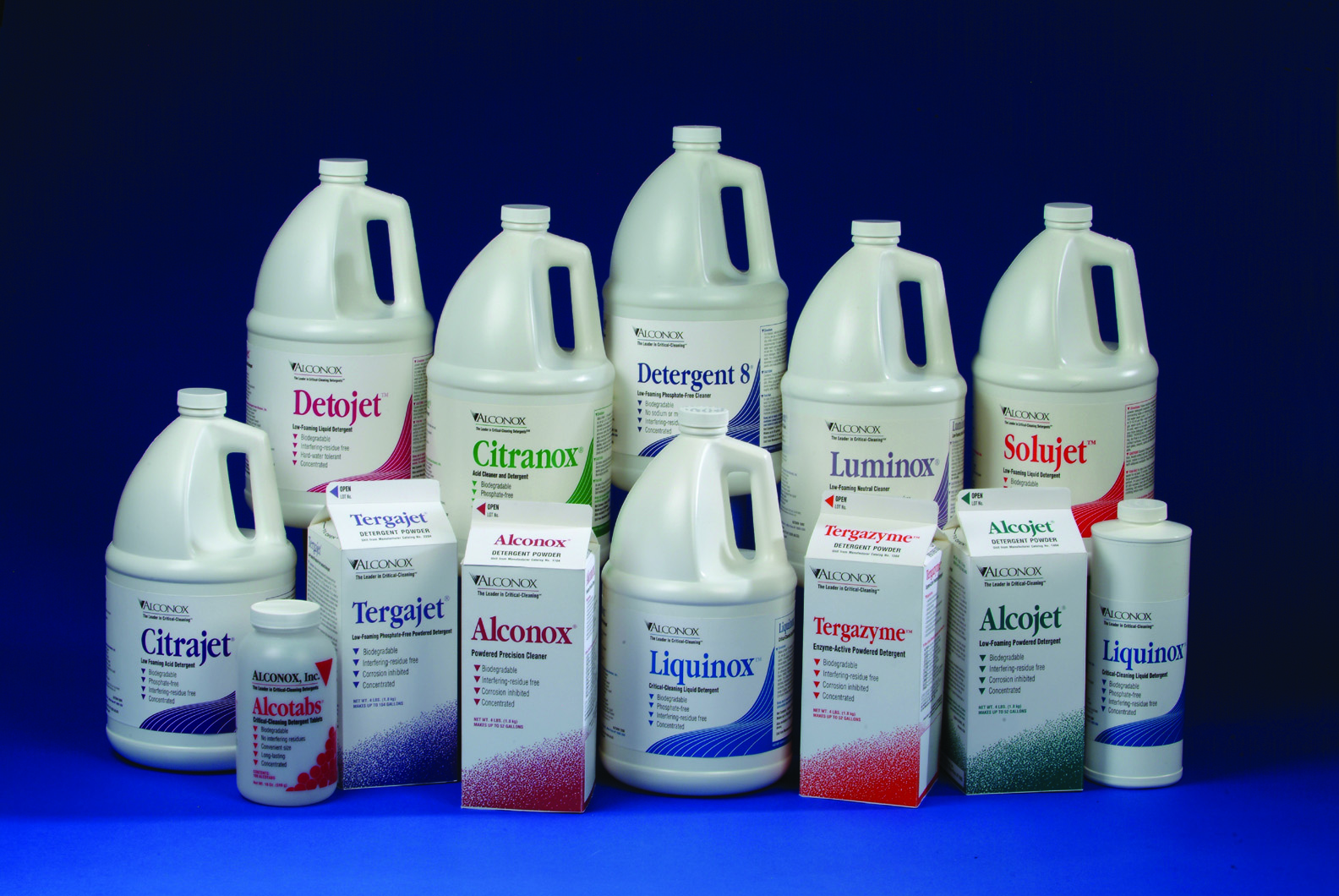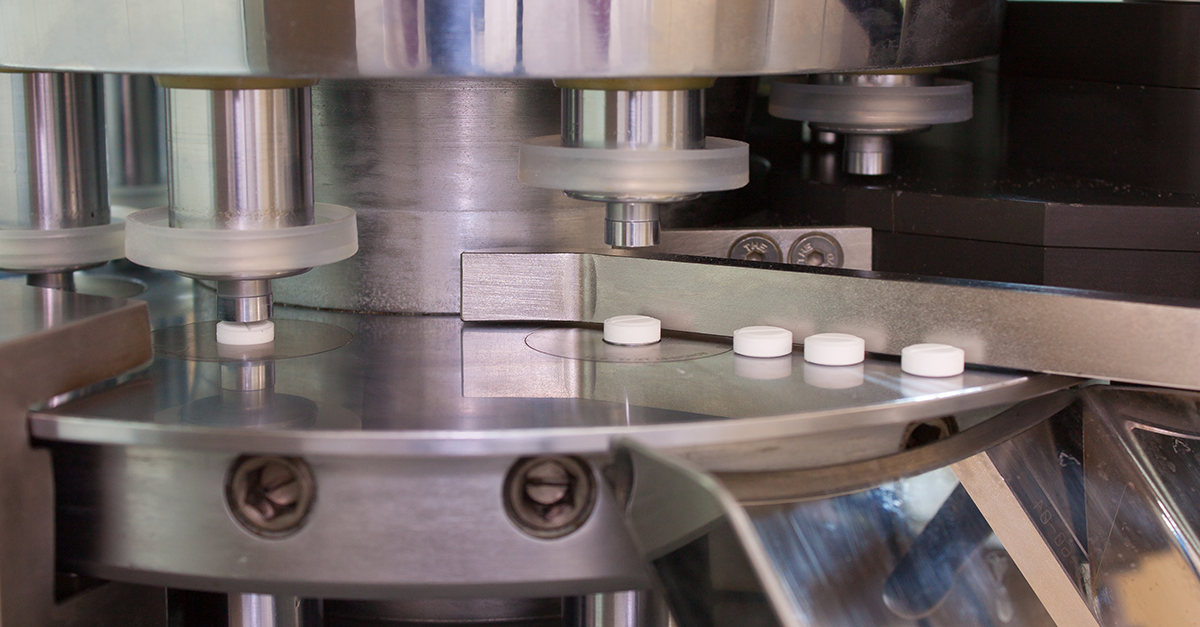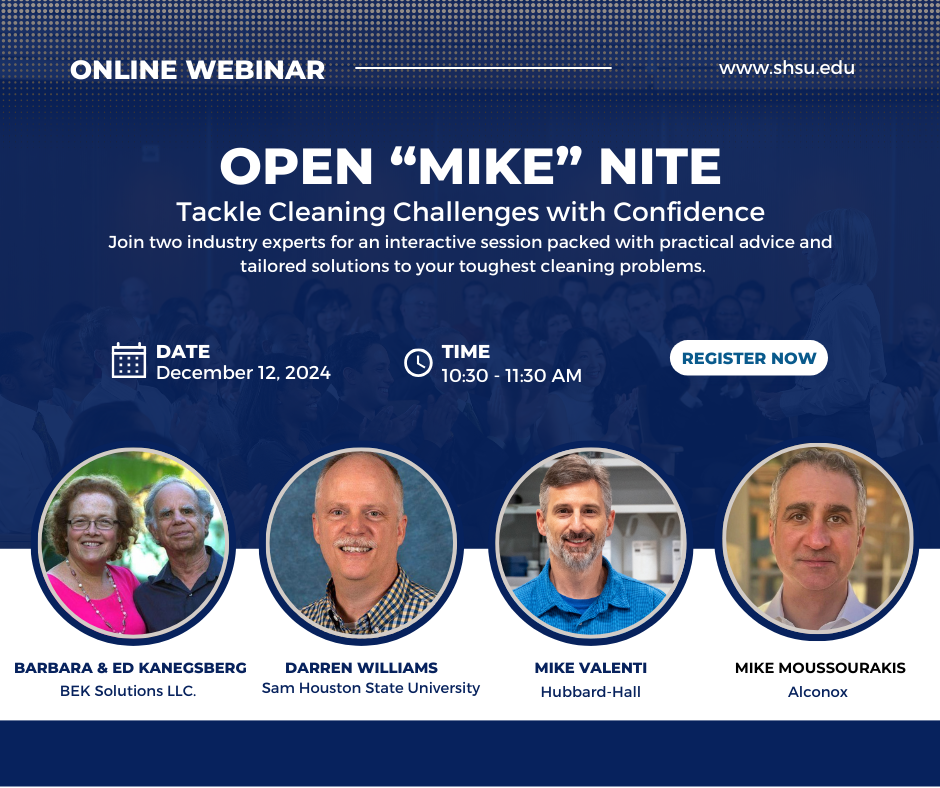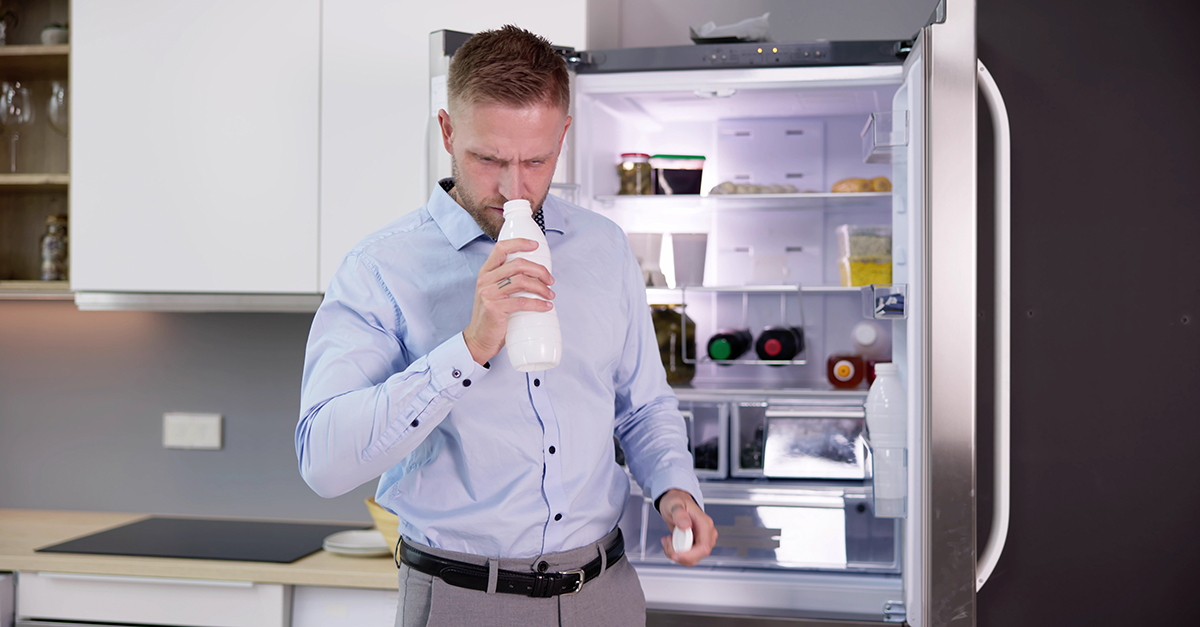
Q. In addition to surfactants, what other types of ingredients can be found in Alconox brand cleaners?
A. There are several key ingredients in detergents to help improve cleaning performance and create product stability. Alconox brand detergents include:
Dispersant – This is a cleaner ingredient that helps disperse or suspend solid particles in solution. Dispersants include water-soluble surfactants or water-soluble polymers (long-chain organic molecules) that are electrostatically attracted to particulates, creating a bridge between the water and the water insoluble solid particulate (in some cases even repelling the solid surface to help lift the particles into suspension).
Emulsifiers – These cleaner ingredients help emulsify water insoluble oils into solution by helping to create a liquid-liquid mixture. Surfactants that use their hydrophobic (water-hating) or oleophilic (oil-loving) end of their molecule to mix with water-insoluble oils and their hydrophilic (water-loving) end to mix with water, create a bridge to emulsify water insoluble oils into solution. The specific structure of the bridge is called a micelle that can be thought of as a hollow, oil-filled round ball with a skin made of surfactants with their hydrophilic ends facing out in contact with the water solution and the hydrophobic ends facing in to the oil-filled ball.
Wetting agents – These are surfactants that lower the surface tension of water and allow the cleaning solution to wet surfaces and penetrate into, under and around soils and surface crevices. They create a bridge between the water and any hydrophobic (water-hating or repelling) surface. You can think of a wetting agent as having one end of the molecule attracted to the surface while pulling the water solution towards the otherwise water-repelling surface, allowing the water solution to be in contact with more of the surface that needs to be cleaned. You might say that wetting agents make water wetter.
Builders – These cleaner ingredients react with interfering calcium, magnesium, or iron ions that may be present in the water solution. They stop them from reacting with soils and other detergent ingredients to form water insoluble and difficult-to-clean calcium, magnesium, or iron salts. These metals are present to varying degrees in all water, particularly tap water. Builders are usually alkaline salts, chelating agents, and/or sequestering agents.
Alkaline salt builders – These are inorganic salts such as sodium carbonate or sodium phosphates. They react with calcium, magnesium, or iron to form water soluble or water dispersible compounds that tie up the calcium, magnesium, and iron.
Chelating agents – These are negatively charged or oxygen containing molecules that react with positively charged metal ions to form a stable complex. They have multiple locations in the molecule to react with multiple positive charges that may be present on multivalent metal ions that have more than one positive charge on them. An example of a chelating agent is EDTA, ethylene diamine tetraacetic acid. EDTA has four acetic acid groups giving it a potential for four negatively charged acetates to bond with up to four positively charged sites on metal ions with multiple positive charges, such as calcium which has two (2) positive charges associated with it.
Need to learn even more? If you’re in the Medical or Pharmaceutical industries, download our Pharmaceutical and Medical Device Cleaning Validation References PDF. To test an Alconox, Inc. detergent for free, please complete the questionnaire at Get Sample. And if you have a question for our experts about critical cleaning, please visit Ask Alconox.



